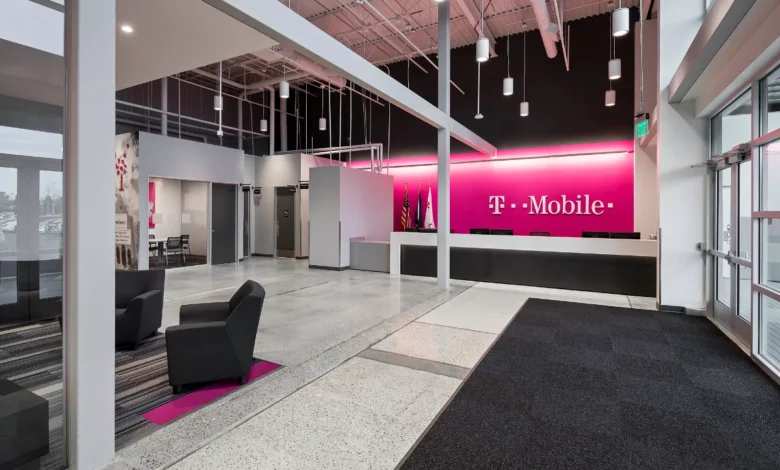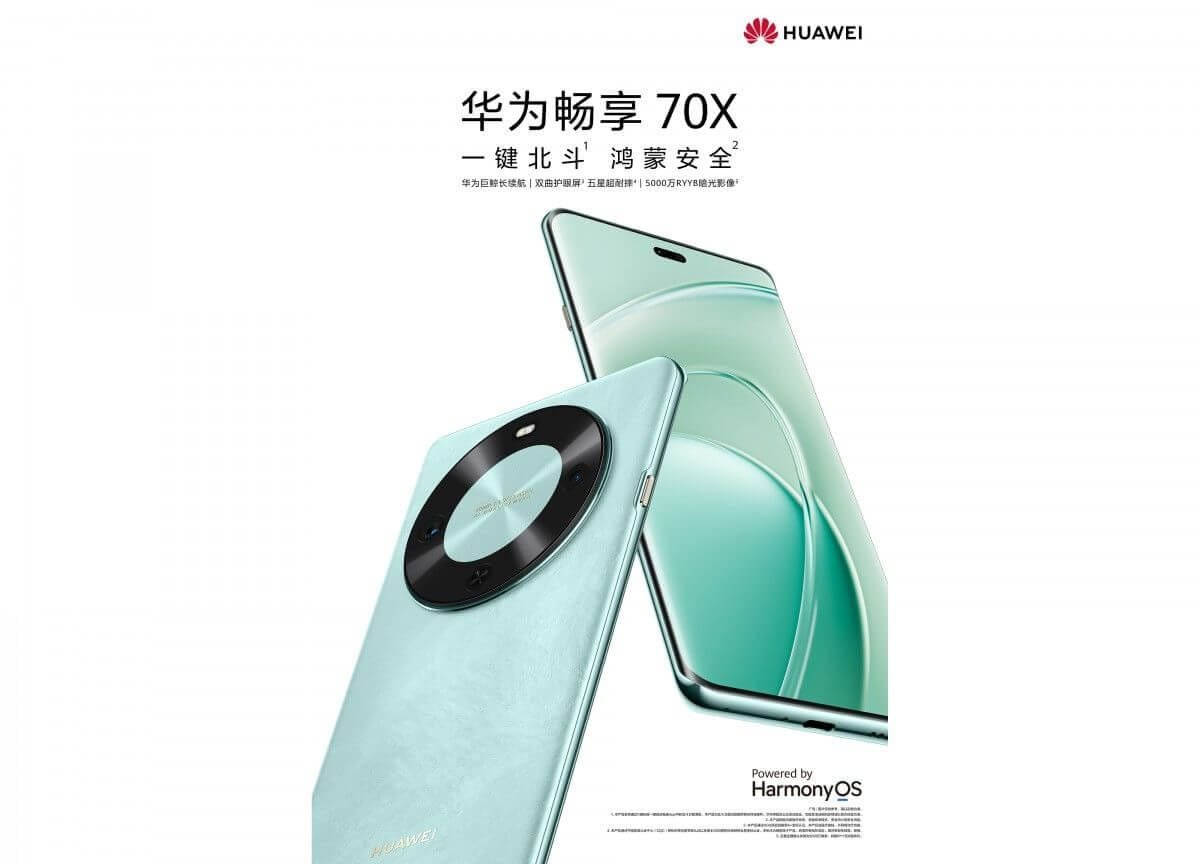T-Mobile Starlink Service Fails in Certain Areas, Yet Demand Keeps Rising

The T-Mobile Starlink collaboration service, which uses SpaceX satellite launches to provide connectivity even in remote locations without the need for additional equipment, is currently in the midst of beta testing. But is everyone content?
T-Mobile declared that its Go5G Next and a few corporate and first responder plans will cover the cost of its free Starlink satellite service beta, which is accessible to all cellular subscribers—yes, including those from Verizon and AT&T. T-Mobile customers can add the Starlink satellite service for $15 per line per month after the beta period expires, which is anticipated in July 2025. Other carriers, such as Verizon and AT&T, charge $20.
After T-Mobile added their Starlink satellite service, we recently showed you their updated coverage map.
That’s fantastic, however it appears that some folks are still dissatisfied and require further coverage.
For instance, during flights aboard airplanes. “When T-Mobile/Starlink goes live, will you get internet access on planes?” is the topic of discussion in this Reddit thread.
Users that have already tried T-Mobile and Starlink’s services in the air share the following, so the answer is now no: As several users have accurately noted, the OP is mistakenly associating having “internet access” with the current T-Mobile Starlink collaboration service. It isn’t that easy.
As you can see, the T-Mobile Starlink service currently only permits texting on certain compatible apps. At some point in the future, comprehensive data (and voice) coverage—the entire satellite-to-cellular experience, so to speak—will be accessible.
The goal is to integrate Starlink’s satellite network with its wireless service in order to eradicate mobile dead zones throughout the United States.
As a component of T-Mobile’s Coverage Above and Beyond strategy, this project aims to offer nearly complete coverage, even in isolated locations where conventional networks are unable to function because of difficult terrain or sheer distance. By providing direct satellite-to-phone connectivity without the need for new equipment, this partnership seeks to improve coverage in more than 500,000 square miles of the United States as well as vast ocean areas.
SpaceX’s Starlink technology is perfect for rural areas since it uses low-orbit satellites to provide high-speed internet with minimal latency.
In order to build a global network free of dead zones, T-Mobile is extending an invitation to international carriers outside of the United State.


